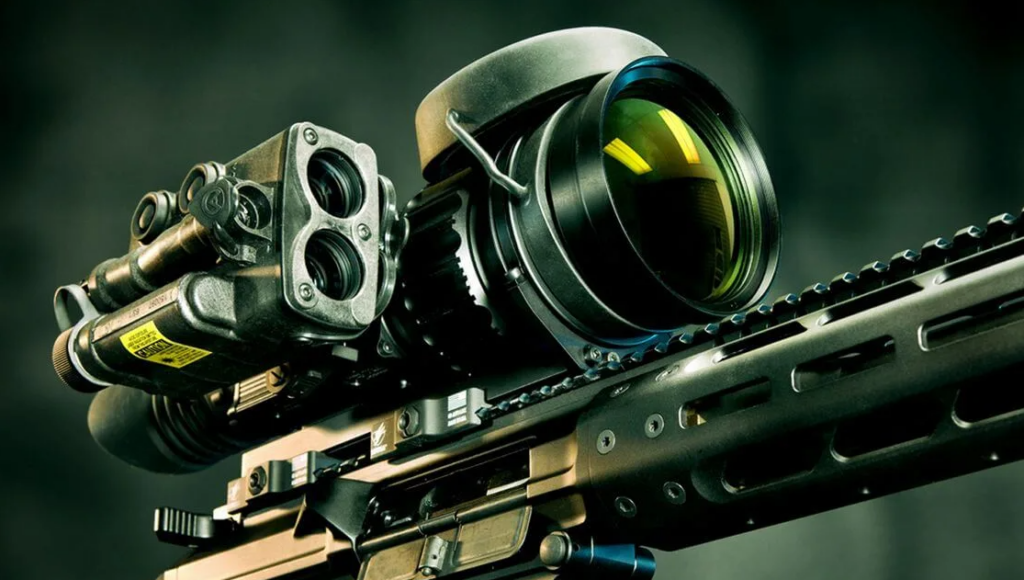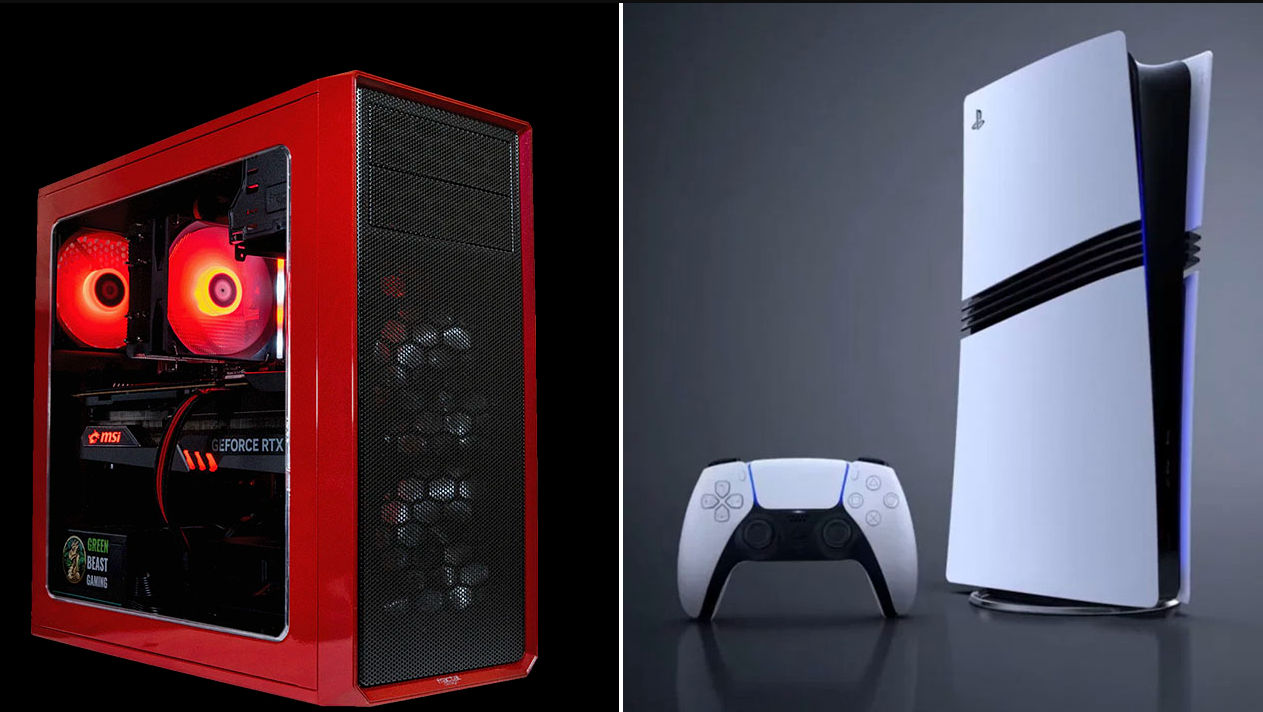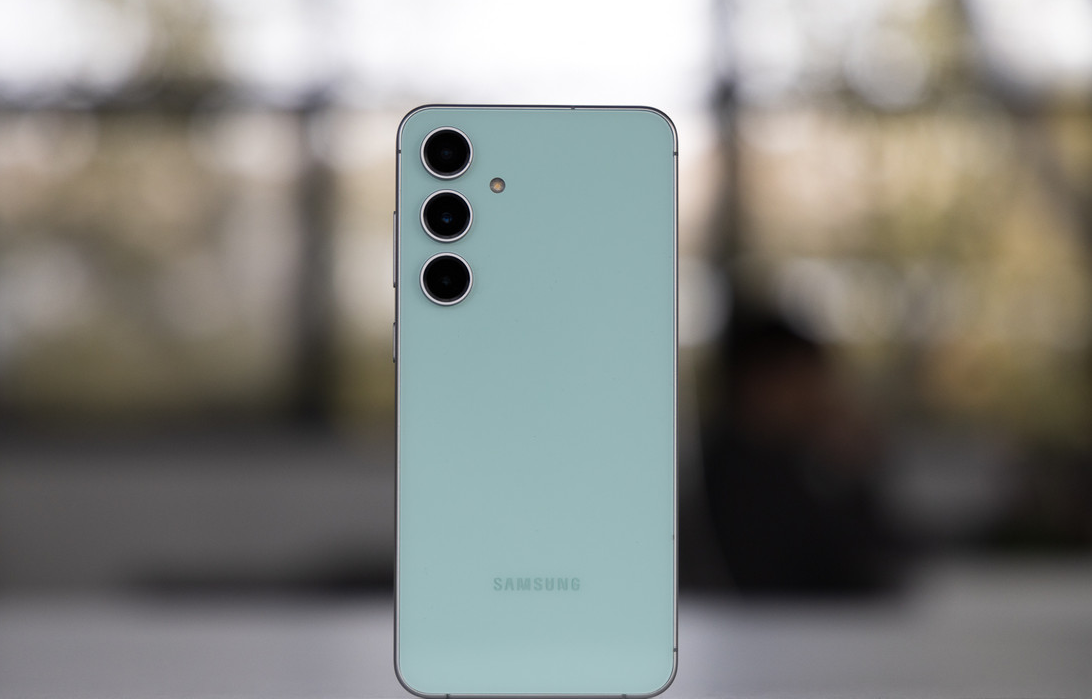Thermal imaging scopes are becoming increasingly popular among hunters. Their ability to detect targets in dark or low visibility conditions greatly increases the efficiency and effectiveness of hunting. In conditions where traditional rifle scopes and even night vision scopes may not do the job, thermal imaging scopes come to the rescue by providing a clear image and accurate aiming.
In addition, modern thermal imaging cameras are equipped with many additional features such as video recording, ballistic calculators and different display modes, making them even more attractive to hunters. They can improve not only your visibility, but also your shooting accuracy, adapt to different hunting conditions and save important moments as a memory.
Understanding of how a thermal imaging sight works
Thermal imaging scopes work by detecting infrared radiation that is emitted by all objects, including animals. This radiation is converted into an image where warmer objects (e.g. animals) appear brighter. This allows hunters to easily spot a target, even if it is hidden behind foliage or in total darkness.
Resolution and image quality
One of the key parameters of a thermal imaging scope is the resolution of the sensor. The higher the resolution, the clearer and more detailed the image will be. A resolution of 640×480 pixels is considered to be a good option for hunting, although models with a higher resolution provide better image quality. Don’t forget to consider the resolution of the display as well, as a high resolution matrix will not provide an advantage if the display does not support it.
Thermal imaging sight resolution options
- 160×120 pixels – Entry Level.
- 320×240 pixels – Universal resolution.
- 384×288 pixels – Optimal for medium distances.
- 640×480 pixels – Clear and detailed images.
- 800×600 pixels – Increased detail.
- 1024×768 pixels – Exceptional clarity.
- 1280×960 pixels – Maximum accuracy.
- 1920×1080 pixels (Full HD) – High definition.
Frame refresh rate
The frame refresh rate (Hz) determines how smoothly the movement will be displayed on the screen. For hunting, it is recommended to choose sights with a refresh rate of at least 30 Hz. This will allow you to see moving objects clearly and react quickly to changes in the environment.
Frame rate options for thermal imaging scopes
- 9 Hz – Suitable for observing static objects.
- 25 Hz – Smoother movement, the minimum frequency for comfortable hunting.
- 30 Hz – Recommended for hunting, good image smoothness.
- 50 Hz – Excellent smoothness, ideal for fast movements.
- 60 Hz – Maximum smoothness, professional level.
Detection range
The detection range indicates at what maximum distance the thermal imager is able to distinguish objects. It is important to keep in mind that the range can vary depending on the environmental conditions. For hunting, a range of 500-1000 metres is usually sufficient, but some models can provide visibility over longer distances.
Detection range options for thermal imaging scopes
- Up to 250 metres – For close ranges and dense forest conditions.
- 250-500 metres – A versatile range for most hunting situations.
- 500-750 metres – Suitable for hunting in open terrain.
- 750-1000 metres – Excellent choice for medium to long distances.
- 1000-1500 metres – For professional hunters at longer distances.
- 1500-2000 metres – Maximum range for specialised applications and demanding environments.
Zoom and field of view
Optical and digital zoom also play an important role when choosing a thermal imaging scope. Optical zoom provides magnification without loss of quality, while digital zoom enlarges the image by interpolating pixels, which can reduce clarity. The field of view (FOV) determines the width of the area you see on the screen. A wide field of view is useful for finding a target, while a narrow field of view is suitable for accurate aiming at long distances.
Functionality
Modern thermal imaging scopes can have many additional features such as:
- Video and photo recording: allows you to save important moments of your hunt.
- Ballistic calculators: take into account various parameters for an accurate shot.
- Wi-Fi and Bluetooth: to connect to other devices and transfer data.
- Different display modes: can include palettes with different colours for better visibility in different conditions.
Ergonomics and weight
The usability and weight of a thermal imaging scope play a key role in its selection, especially for long hunting trips. The scope should be lightweight so that it does not cause fatigue when carried and used for long periods of time. Typical models weigh between 300 and 1000 grams, and the lighter the scope, the more comfortable it is to use.
User-friendly controls
- Button location: Buttons and switches should be located so that they are easy to find and use by touch, even in the dark or with gloves on.
- Intuitive interface: Simple operation and intuitive interface make it much easier to set up and use the sight in the field.
- Straps and mounts: Many models come with straps or special mounts for comfortable carrying and quick installation on the weapon.
Battery life
The duration of operation from a single charge is an important factor when choosing a thermal imaging scope. For hunting, it is recommended to choose models that provide at least 6-8 hours of continuous operation. This allows you to hunt for long periods of time without the need for frequent recharging.
Additional features
- Replaceable batteries: Some models support the use of replaceable batteries, allowing you to quickly replace a dead battery with a fresh one.
- External power sources: The possibility of connecting external batteries or powerbanks increases the operating time of the sight.
- Charge indication: The battery charge level indicator allows you to recognise the need for recharging in time to avoid sudden shutdown of the device.
Resistance to weather conditions
A thermal imaging scope must be reliable and protected against various weather conditions, as hunting often takes place in rain, snow or strong winds. Pay attention to the IP (Ingress Protection) rating, which indicates how well the device is protected against external influences.
Protection classes IP
- IP66: Protection against strong jets of water and full protection against dust.
- IP67: Protection against temporary immersion in water and complete protection against dust.
- IP68: Protected against prolonged immersion in water and fully protected against dust.
Budget
The price of a thermal imaging scope can vary widely depending on features and functionality. When choosing, it is important to determine your budget and look for models that offer the best value for money.
Price categories
- Budget models: Cost up to $1000. They have basic functions and are suitable for novice hunters.
- Medium segment: Costs between $1,000 and $3,000. Provide good image quality and additional features.
- Premium: Costing more than $3,000. Have high resolution, maximum detection range and a wide range of features.
Determine your priorities and choose the model that best suits your requirements and financial capabilities.
Choosing a thermal imaging scope for hunting is not an easy task and requires a lot of factors to be taken into account. However, by following the above recommendations on how to choose a thermal imager for hunting, you will be able to choose a device that is perfect for your needs. Remember that a quality thermal imager will not only increase your chances of a successful hunt, but will also make the process more comfortable and safer.
Shop for thermal imaging scopes and get cryptocurrency cashback via reBITme. This will allow you to not only get the equipment you need at a good price, but also earn money on your purchases!





